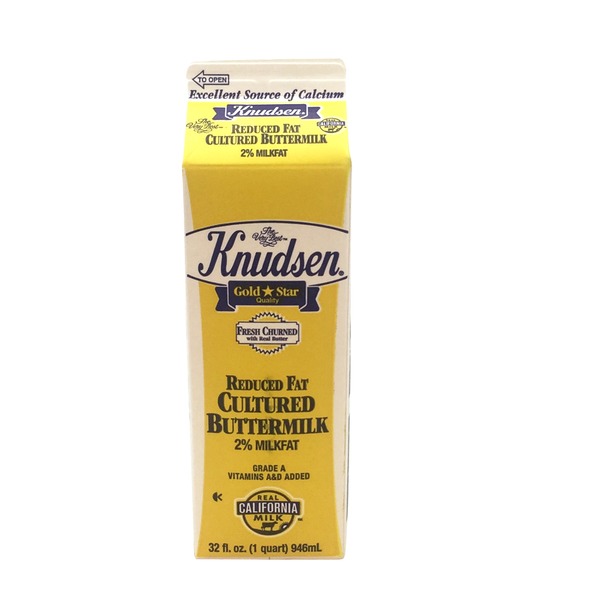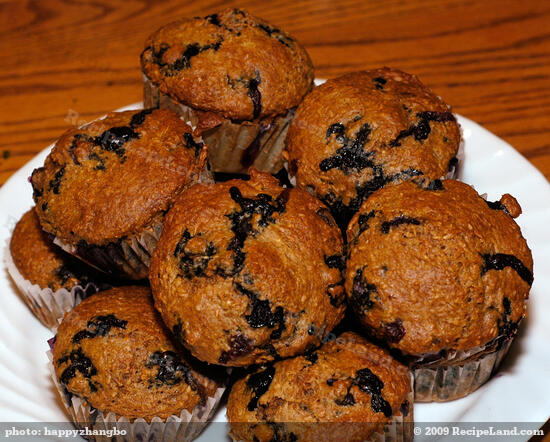Nutrition facts and Information for Milk, buttermilk, fluid, cultured, reduced fat
World’s best moist chocolate cake recipe everyone will want for their birthday cake! It’s an easy, quick, inexpensive, one bowl buttermilk chocolate cake recipe.


Milk is the opaque liquid food obtained from the mammary glands of s and is a source of nutrition used by humans. The ingredients of raw milk differ according to the species it is obtained from on the basis of protein, calcium, saturated fat and Vitamin C. Cow’s milk is used extensively as a drink by human beings


Buttermilk keeps baked chicken tender; a coating of cornflakes makes each piece as crispy as fried chicken, but with less fat.


A creamy low-fat ranch dressing made with buttermilk and fresh herbs. Perfect to serve with end-of-summer garden vegetables! There is nothing better than homemade dressing, store bought dressing just doesn’t do it for me. Serve this over your favorite garden salad or dip your favorite veggies in it. I slightly modified
Good for drinking on its own or for use in baking, buttermilk has a tart flavor and comes packed with essential nutrients. When you’re shopping for buttermilk, follow U.S. Department of Agriculture guidelines and opt for reduced-fat or fat-free buttermilk instead of the full-fat version.



What Is Buttermilk, And How Do I Make It Using Regular Milk? What Is Buttermilk, And How Do I Make It Using Regular Milk? A Southern kitchen staple is used everywhere
A healthier variation of my Recipe #101530. I have found they are a perfect WW 2 Points Plus snack after a workout. (They are 3 points plus with the oats added.) They also are very good for keeping your system regular when you are limiting your fat intake. 😉 You can keep the batter in the refrigerator for several days and bake them as you need …
Buttermilk, low fat; Nutritional value per 100 g (3.5 oz) Energy: 169 kJ (40 kcal)
A Definition. Buttermilk is the low-fat portion of milk or cream remaining after it has been churned to make butter. Today, buttermilk is not a byproduct of butter-making, but is made from nonfat or low-fat milk that is “cultured” with lactic acid bacteria.
